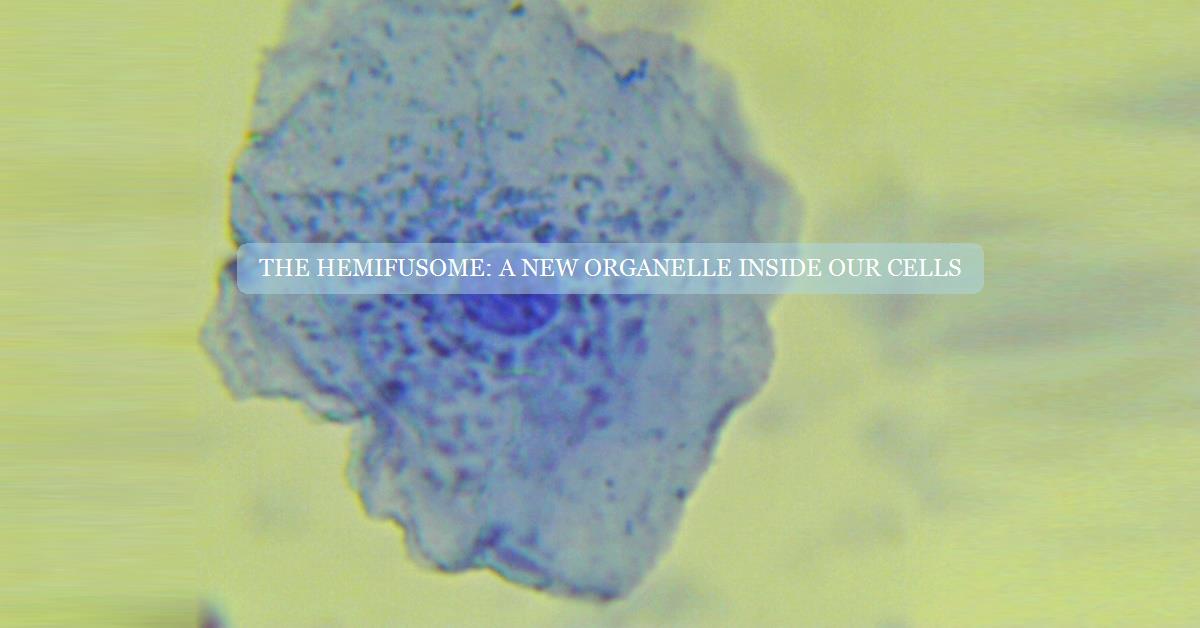Key points from article :
In a major leap for cell biology, researchers from the University of Virginia and the U.S. National Institutes of Health have discovered a previously unknown structure inside cells called the hemifusome. This temporary organelle appears to help cells sort, recycle, and process their internal cargo—a function often disrupted in many genetic diseases. The study, led by Dr. Seham Ebrahim and published in Nature Communications, describes the hemifusome as a kind of cellular "loading dock" made of two vesicles joined by a partial membrane connection, allowing them to interact without fully merging.
Using a powerful imaging technique called cryo-electron tomography, the team observed hundreds of hemifusomes in different mammalian cell types. They found that this structure is not rare but rather a consistent part of the cell’s internal architecture. Hemifusomes often form around proteolipid nanodroplets (PNDs)—dense particles that appear to help build or stabilize the structure and may initiate the formation of smaller vesicles in a process called de novo vesiculogenesis. This is unlike the classical vesicle fusion process and may represent a completely new pathway for vesicle formation.
The researchers also found that hemifusomes may evolve into multivesicular bodies (MVBs)—key structures in cellular recycling—through a mechanism that bypasses traditional protein-controlled pathways. This alternate route may help explain how diseases such as Hermansky-Pudlak syndrome, a rare genetic disorder affecting multiple organ systems, arise when recycling processes go awry.
This discovery redefines our understanding of how cells manage their internal traffic and opens up new directions for treating complex diseases. With more work ahead to understand how hemifusomes form and function in different cell types, this research reminds us that even the most studied systems—like the human cell—still hold fundamental secrets that could transform medicine.







